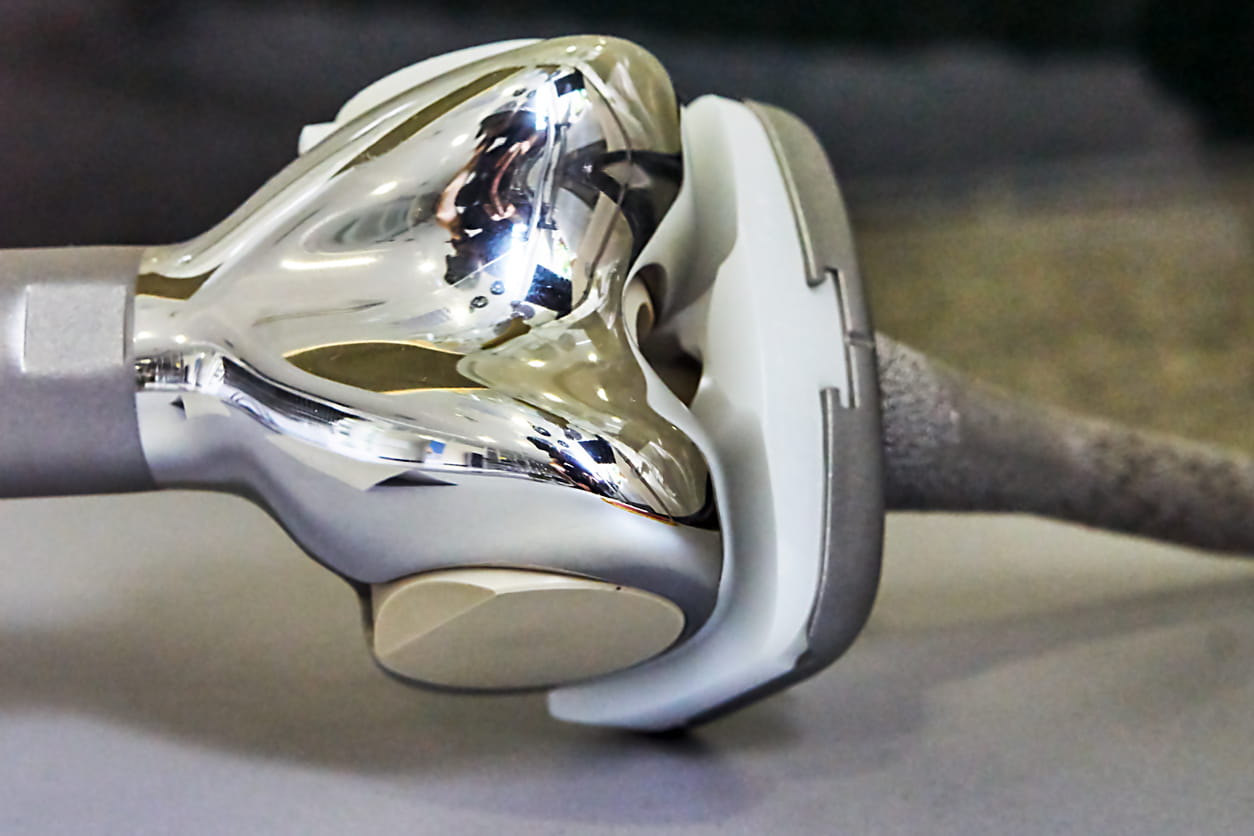
Have you recently had a knee replaced, or are you doing some research before having the procedure? Learning about the recovery process will help you make informed decisions about your routine. When you know what to avoid after knee replacement, you can ensure your knee heals faster and lasts longer.
Depending on your lifestyle, your current everyday tasks might disrupt your healing process. This guide will present a few activities to avoid after knee replacement. Ask your doctor for a more comprehensive list and safe alternatives.
Taking Precautions After Knee Replacement
You may have to make adjustments to your lifestyle while your knee heals. Some of these changes might seem obvious, but they make a difference in the long-term use of your knee. Here are three important precautions to take after knee replacement:
- Start with a cane or walker: While you ease back into walking without help, use a cane or walker to prevent falls. Accidents can damage your knee, disrupting healing or requiring another surgery.
- Make your environment accessible: If possible, prepare your home before your surgery. Plan where you’ll be spending time so you can skip unnecessary trips on the stairs. Consider what you’ll need and keep essential items nearby.
- Do your physical therapy exercises: Physical therapy strengthens the muscles around your artificial joint. That support is necessary for functionality and long-term use. Physical therapy teaches you how to restore your knee without causing damage.
Exercises to Avoid After Knee Replacement
Exercising benefits your health and aids your recovery after surgery. Some exercises, however, can do more harm than good. We recommend checking with a doctor before adding exercise into your routine.
What can you not do after knee replacement? It’s best to avoid these exercises after your surgery:
- Running and jogging: These activities stress your knees and can cause pain. If running is your passion, discuss that with your doctor and physical therapists. You can set a goal, but start by walking.
- Weight training: Heavy lifting, especially during squats and similar exercises, puts pressure on your joints. Your physical therapist may have safer suggestions or techniques for your new knee.
- High-impact sports or aerobics: Sports like football and basketball combine the danger of running with the risk of hitting other players and damaging your knee. If playing sports is important to you, a doctor may recommend contactless options.
- Hiking: Hiking can be low impact, but trails with uneven ground and erupting roots or rocks can cause falls. Stick to even paths or trails if possible.
- Skateboarding and rollerblading: These activities carry a significant risk of twisted knees and falls on concrete, which would lengthen your recovery process.
Knee Replacement Recovery With OrthoBethesda
Physical therapy is a safe way to rebuild the muscles around your knee. First, a physical therapist will consider your knee’s progress and your goals. Then, they’ll decide on a tailored workout plan. Physical therapists can make sure you’re doing exercises correctly for maximum effect.
At OrthoBethesda, our physical therapists offer rehabilitation services as a conservative effort to improve your knee’s function before surgery. If our orthopedic surgeons believe total knee replacement surgery is the best option, we can provide that too. We’re committed to finding the easiest, most effective treatment plan for you.
For more information about knee replacement services and recovery, contact us or call us at (301) 530-1010 today.
Related Content
- How to Know If You Tore Your ACL
- How to Prevent ACL Injuries
- Top 7 Stretches to Relieve Knee Pain for Athletes
- Why Knee and Joint Pain Increase When It’s Cold
- Why Your Knee Hurts When You’re Sitting
- How to Lose Weight With Knee Pain
- Is Walking Good for Arthritis in the Knee?
- Bilateral Knee Replacement Recovery Tips
- How Much You Should Walk After a Knee Replacement
- Robotic vs. Traditional Knee Replacement Surgery
- Best Positions to Sleep in After a Knee Replacement
- Stiffness After Knee Replacement Surgery
- Is There a Best Time of the Year to Schedule Knee Surgery?
- What to Expect After a Total Knee Replacement
- What to Expect After Arthroscopic Knee Surgery
- How Long Does It Take for a Torn Meniscus to Heal Without Surgery?
